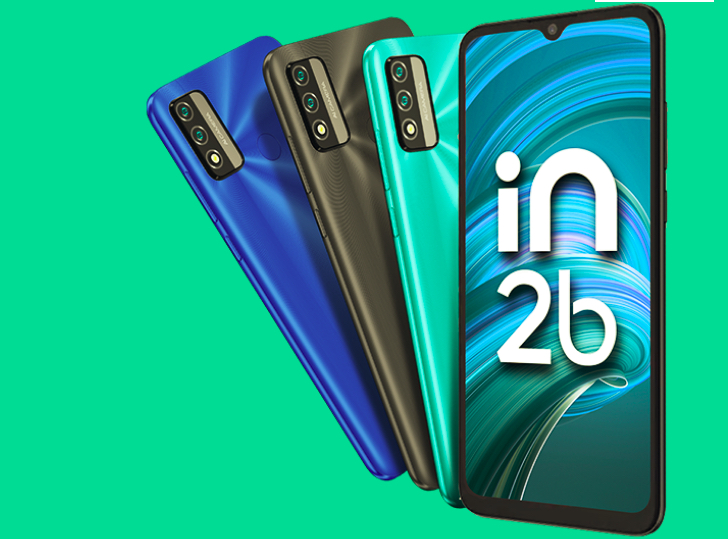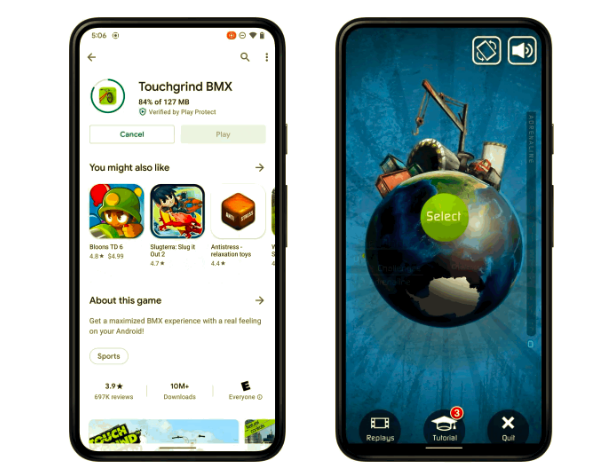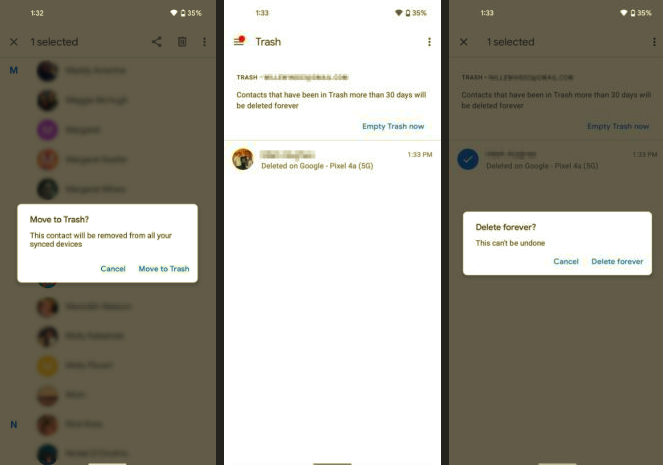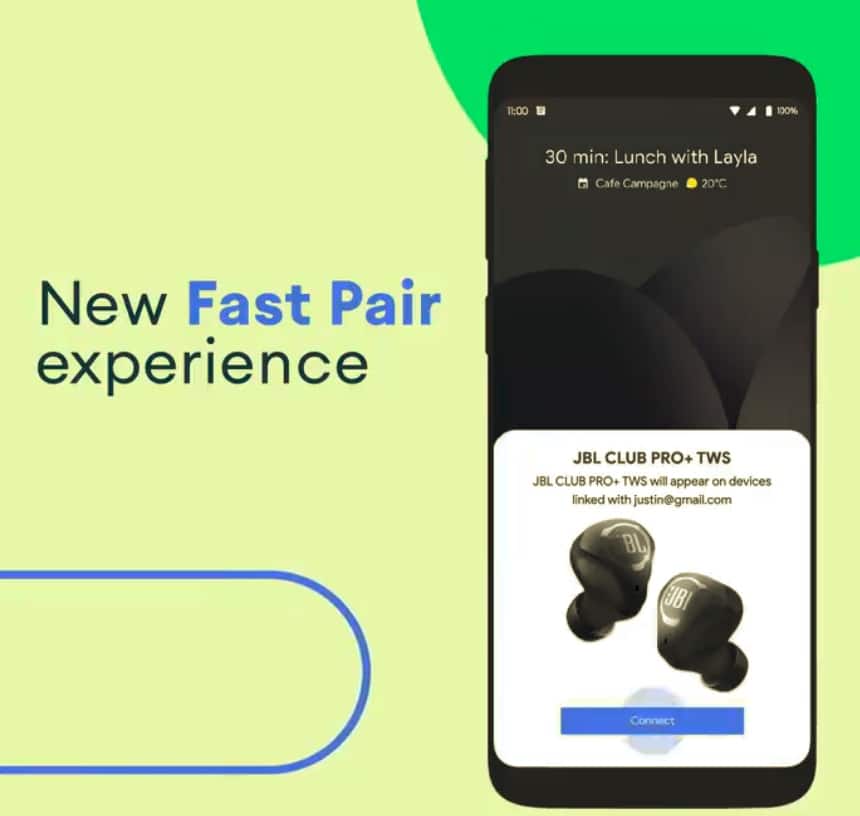There’s a school of thought which says “Why design something perfectly in the first place when you can just have a good stab at it and then iterate quickly to get to the same end point?” This is something that Google loves doing with its products, and it’s quite clearly what Sony has been up to with the Z series. The Z2 has an almost identical form factor to the original Z, only a year ago, yet the progression from Z to Z1 to Z2 has seen plenty of refinements that leave the latter near the top of its class on Android. The sharp corners are all now subtly more chamfered, there’s more use of premium metal on the outside of the frame, the titchy speaker from the Z has evolved into twin forward facing stereo efforts that are really not bad, if not up to HTC standards, the camera has been getting better and now rivals much of Nokia, I mean Microsoft’s, Lumia camera hardware – though not the flagship Lumia 1020, as proved here, the LCD screen is now a very high quality 1080p IPS panel, and… you get the idea.


Xperia Z2 – the best Zseries yet, chamfered and polished
Add all the changes up and the Z2 is a lot more special than its predecessors, even if the hard, large-bezelled, obelisk nature of the design and fingerprint attracting gloss is still not to my personal taste (you can tell from my prose, can’t you?) It’s very usable out in the real world too, with everyone reporting excellent battery life, thanks to almost fanatical attention from Sony in providing more power utilities than anyone could ever need, plus a giant internal (sealed) 3200mAh battery.


All sealed, all glass back of the Xperia Z2 – spot the old Nokia 808 in the reflection!
Even the software’s toned down now, with the skin over Android fairly minimal – the main thing that screams Sony is the stack of Sony-ware, bloatware and adware, though over half of this can be easily ‘uninstalled’ if you really want shot of it. But complaining about this is being a little picky, what matters here is the raw hardware and Android 4.4.2 Kitkat OS – after all, you can always change the app selection and launcher if you really want to. Inside is a monster chipset, a Snapdragon 801 running at 2.3GHz, with 3GB of RAM, 16GB of internal storage (of which almost 12GB is available out of the box), plus microSD as well. Top of the line all round. The display’s edged up to 5.2”, which works out to over 420ppi and has much better contrast and colours than the panels on the Z and Z1, though it still doesn’t hold up outdoors in sunlight as well as its Apple, Nokia and Samsung competitors. Technically it’s a “Tri-Luminos Live Colour LED with X-Reality”. Sony does like its display buzzwords! The X-Reality bit aims to enhance colours when displaying photos and videos, a well worn technique that does seem to work quite well.


Outdoors, visibility isn’t terrific unless you can find some shade…
Sony’s insistence on using factory-fitted protection for the glass front and back has at last been relaxed and here it’s just toughened glass (it’s not clear whether which proprietary version is used). There’s no use of an oleophobic coating, which is a shame, but at least the Z2 is less of a fingerprint and dust magnet than the older plastic-sheathed Z units.


Still a little dust and fingerprint prone, though nowhere near as bad as previous Zseries units
The bezels, top and bottom, of the design are a little disappointing. With other manufacturers, including Samsung and LG, using every millimetre of their devices’ fascias for something, it really does seem as if Sony’s missing a trick here. I accept that the huge battery and other internals need room inside the surprisingly thin form factor, and so I understand the Z2’s length – but why wasn’t the screen made even bigger, in that case? There’s plenty of room here for a 5.5″ screen at least, with 15mm top bezel (with just the forward facing camera and a couple of tiny sensors, plus a huge ‘SONY’ logo) and 13mm top bezel (used for absolutely nothing). If this seems like I’m being picky, I criticised the HTC One (M8) for exactly the same thing last month. Now, Sony could argue that the bottom bezel is needed for stability in the hand, i.e. somewhere to rest your thumb, and I’d accept this – but it’s something that needs to be claimed and not just left as the elephant in the room.


Virtual control icons above a large bottom bezel…
As usual with this Z series, there are flaps over microUSB and microSD ports, though on the Z2 they’re combined into one, larger physical wedge, which I much preferred, being less fiddly. You have to push this rubbed-edged flap home if you want the claimed waterproof design, and no, there’s no Qi wireless charging option, to avoid messing with the flap every time you want to charge. Instead, you have to buy the extra magnetic desk dock, which mates up with connectors on the Z2’s left side. Apparently some places are shipping the Z2 with the dock anyway, which makes a whole heap of sense.


One big rubberised flap over both ports now…. Also, note the magnetic dock connector, just visible on the left….
Sony’s Z series power button has grown on me over the years – it still looks a bit odd, but it has been shrunk down nicely and is really easy to find with one’s thumb, without even looking. Less ergonomic is the tiny volume rocker beneath the power button – odd positioning, since it’s a real contortionist exercise to operate this with your thumb unless you hold the Z2 very low down on its body. Positioning in the upper half of the device would have worked better, as is traditional on almost all other phones. (The camera shutter button is also tiny, but positioned well and has excellent ‘feel’.)


Right hand side buttons – nice power and camera shutter, fiddly and wrongly-positioned volume…
The twin speakers are a clear copy of the HTC concept and don’t pull off the same quality – there are no bass or high treble frequencies, unlike the terrific EQ from the HTC One units. The Z2’s speakers are better than those on your average smartphone, of course, though only noteworthy in being forward facing and being stereo. It’s good to see a strong lanyard attachment pair of holes on the Z2’s bottom left corner. Such a big and relatively fragile phone (all that glass) could certainly benefit from a lanyard if you’re living any kind of active life. Now to the camera. Ah yes, the camera. Oh dear. It’s the same 1/2.3” sensor as on the previous devices, and in theory Sony is – gradually – improving its image processing algorithms. But you wouldn’t know it from the output here. Casual (Facebook, Instagram) users won’t see anything wrong, but crop in or zoom in, or compare in any kind of detail to something really decent (Nokia’s Lumia 1020 is the gold standard here, though the Galaxy S5 isn’t that far behind and the imminent Galaxy K Zoom is probably going to be king of this particular heap) and the sensor noise reduction and subsequent sharpening are all too apparent. Plus you get a strange red tint on some shots – this has been consistent across the whole Z line, so maybe it’s in Sony’s software drivers?


The 1/2.3″ sensor is compromised (optically) quite a bit by the enforced thinness of the device…
Sony does some Nokia PureView-like oversampling in the reduction from 20MP (the raw sensor resolution) to 8MP (the resolution output in all auto modes) and this helps tame the sensor from ‘ghastly’ to ‘pretty decent’ – but it’s not enough. And the usual bug bear of LED-flash-equipped smartphones – indoor shots of people – is as unsatisfactory as usual. Again, roll on Xenon in the Galaxy K Zoom, arriving for review on Android Beat next week! Shown below are a wide range of photo samples, taken in a variety of lighting conditions, along with 1:1 crops where appropriate, to show raw quality (or not).


Lovely results in sunshine, with oversampled 8MP output


1:1 crop, showing quality and pureness of the oversampling under these conditions


Lake scene, nice ‘Superior Auto’ handling of settings


1:1 crop from the lake photo – decent oversampled results


Shot with lossless zoom, results aren’t quite as good, but the zoom facility is interesting, at least!


Typical indoor subject in artificial lighting


1:1 crop, showing noise and artefacts creeping in///


Party mock-up shot with low light and moving subject!


1:1 crop from party shot, showing typical LED-flash blur and noise….
Video is now at 4K, capturing at 500MB/min, so you’ll need a large – and very fast – microSD if you plan to shoot much in this resolution. More worryingly, the Z2 gets hot when shooting video – it’s clear the chipset is working overtime to handle all the pixels and, if pushed too far, the hardware apparently falls over – though in my tests with the latest Z2 firmware update, it got hot and… kept on working. However, you’d be mad to shoot at 4K yet – the display hardware, storage and bandwidth aren’t really there yet across the board – monitors, TVs, and so forth.


Default layout for homescreens – a traditional layout, with focus on Sony content, Walkman and Camera widgets, etc.
My personal preferences on the hardware apart, the Z2 is an extremely useable smartphone, of course. Although you can’t hide applications you don’t care about, there’s the ‘most used’ view in the app drawer, with the OS itself working out which ones to show. In theory, this is a great idea, though there’s no chance for muscle memory to creep in, since the order of the icons is different virtually every time you head in!


Application drawer filters and the ‘Most used’ view
Unusually for Android partners, Sony now only ships Chrome on the browser front – this is a good thing, since it’s the way forwards, and Google is still actively developing it and adding in some of the favourite features from manufacturer-specific browser variants. Also good to see bundled is the Amazon Kindle client, TrackID, TripAdvisor and Sketch – less useful will probably be Garmin’s Navigon commercial sat-nav system, Pixlr Express, Sony Select, PlayStation Mobile, Video Unlimited and Xperia Lounge, most of which duplicate Google’s apps and services to a large degree. Sony’s mini-applications are here – we’ve seen these before – now accessible from a customisable ‘Favourites’ bar at the bottom of the ‘Recent apps’ display. These mini apps run in floating windows and I especially liked the (as far as I know, unique) ‘Touch Block’ button, for use outside when you want to see what’s on screen and active without interacting with it by accident, for example using virtual maps when out walking. Plus the ubiquitous Calculator, which works very well as a pop-up.


Sony’s ‘mini-apps’ are accessible from the ‘Recent apps’ view; (right) here showing the calculator floating over the top of the interface
Sony is – very slowly – adding to the number of built-in themes available to its Z series – we’re now up to a grand total of six, after two years. Methinks the company’s heart isn’t in this side of things. Being able to quickly reskin the interface with a new colour scheme is very cool though – many of us were doing this on the first smartphones back in 2006/2007 and it’s a facility sorely missed on many of today’s Android devices. Happily, there’s a link through to the Play Store, where many third party themes are available for download.


Theme selection, built-in (left) and via the Play Store (right)
The huge battery in the Z2 lasts a fair while anyway, but the Power Management section of Settings here includes: Stamina mode (Wi-fi, mobile data off, most applications set inactive), Low-battery mode (traditional battery saving techniques to disable connectivity, reduce brightness, xLoud and X-Reality off, etc.) and ‘Queue background data’, which manages your data transmission in power-saving bursts. These all seem quite sensible and add to the Z2’s reputation as the 2014 smartphone for those who prize battery life above all else.


Sony’s excellent set of power management tools and scenarios….
Also notable in Settings are One-touch setup (NFC/Bluetooth wizard for sharing stuff between Xperias, Screen mirroring and ‘Throwing’ content via Wi-fi, and hooks for the Dualshock 3 wireless controller (which connects via USB) for extended gaming sessions.


Xperia Z2 and its app drawer…
Look, the Z2 isn’t for me, but not really because of intrinsic flaws – camera disappointment aside, it’s more personal preference over design. I know many people who have picked the Z2 up and love it to bits. Maybe you’ll be one of them? Don’t hang around for the Z3, though, I think Sony is probably ‘done’ on this design now. If, like me, it still doesn’t grab you, then best wait for an entirely new series, with different design language – Xperia Y, anyone? Or would Sony wrap around to Xperia ‘A’?! At £540 inc VAT in the UK, the Z2 is expensive, but the premium materials at least make you aware that you’re holding something that’s worlds apart from a budget phone. Plus most Z2 owners will be picking the device up on contract, I suspect. Speaking of which… Sony’s biggest problem with the Z2 is, as ever, getting enough of them made and distributed around the world. While Samsung plies billions into marketing and distribution, with deals in place with every carrier in every country, the poor old Z2 gets limited promotion, limited distribution and – seemingly – stock shortage to boot. The rich get richer, the poor get poorer, etc. That’s business. Or is it just life?
(The review Xperia Z2 was kindly supplied on Vodafone 4G in the UK – which does have the Z2 in stock!)
https://youtu.be/9N4GzHGevE0
Don’t forget to subscribe to our YouTube Channel for more videos.


















